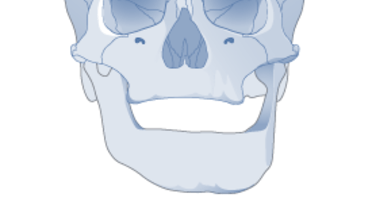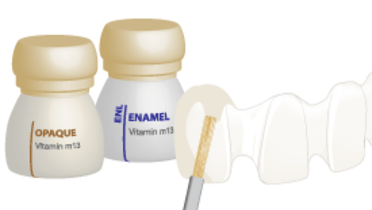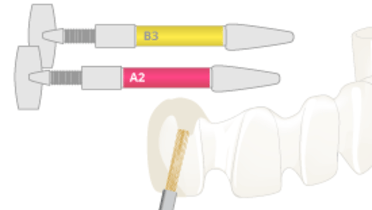-
0
Patient Assessment
- 0.1 Patient demand
- 0.2 Overarching considerations
- 0.3 Local history
- 0.4 Anatomical location
- 0.5 General patient history
-
0.6
Risk assessment & special high risk categories
- 5.1 Risk assessment & special high risk categories
- 5.2 age
- 5.3 Compliance
- 5.4 Smoking
- 5.5 Drug abuse
- 5.6 Recreational drugs and alcohol abuse
- 5.7 Parafunctions
- 5.8 Diabetes
- 5.9 Osteoporosis
- 5.10 Coagulation disorders and anticoagulant therapy
- 5.11 Steroids
- 5.12 Bisphosphonates
- 5.13 BRONJ / ARONJ
- 5.14 Radiotherapy
- 5.15 Risk factors
-
1
Diagnostics
-
1.1
Clinical Assessment
- 0.1 Lip line
- 0.2 Mouth opening
- 0.3 Vertical dimension
- 0.4 Maxillo-mandibular relationship
- 0.5 TMD
- 0.6 Existing prosthesis
- 0.7 Muco-gingival junction
- 0.8 Hyposalivation and Xerostomia
- 1.2 Clinical findings
-
1.3
Clinical diagnostic assessments
- 2.1 Microbiology
- 2.2 Salivary output
-
1.4
Diagnostic imaging
- 3.1 Imaging overview
- 3.2 Intraoral radiographs
- 3.3 Panoramic
- 3.4 CBCT
- 3.5 CT
- 1.5 Diagnostic prosthodontic guides
-
1.1
Clinical Assessment
-
2
Treatment Options
- 2.1 Mucosally-supported
-
2.2
Implant-retained/supported, general
- 1.1 Prosthodontic options overview
- 1.2 Number of implants maxilla and mandible
- 1.3 Time to function
- 1.4 Submerged or non-submerged
- 1.5 Soft tissue management
- 1.6 Hard tissue management, mandible
- 1.7 Hard tissue management, maxilla
- 1.8 Need for grafting
- 1.9 Healed vs fresh extraction socket
- 1.10 Digital treatment planning protocols
- 2.3 Implant prosthetics - removable
-
2.4
Implant prosthetics - fixed
- 2.5 Comprehensive treatment concepts
-
3
Treatment Procedures
-
3.1
Surgical
-
3.2
Removable prosthetics
-
3.3
Fixed prosthetics
-
3.1
Surgical
- 4 Aftercare
Occlusal guard
Key points
- An occlusal guard can protect dental prostheses and significantly enhance their longevity
- Hard occlusal guards are often more effective than soft ones in bruxers
- Soft occlusal guards are often more effective than hard ones in clenchers
Tooth selection
The use of acrylic or porcelain artificial teeth brings different challenges related to nocturnal paranormal function. High occlusal forces can be mitigated by wearing of a protective occlusal guard. Acrylic teeth may wear over time and/or become dislodged from the denture base. In general, acrylic teeth are easier to adjust and easier to repair than porcelain teeth. However, some clinicians feel that porcelain teeth offer an advantage in esthetics and texture. Porcelain teeth are less likely to exhibit wear than acrylic teeth; instead, they manifest their response to mechanical overload through fracture – which can necessitate replacement of the entire prosthesis.
Treatment planning
If a patient is known to have paranormal function such as bruxing or clenching, this should be accommodated in the treatment plan by appropriate choice of prosthesis design and materials. For these patients, an occlusal guard should be included in the original treatment plan.
Occlusal Guard design considerations
An occlusal guard lies over the artificial teeth and protects them by providing an intervening substance against which the opposing teeth apply force. The guard acts as an absorber and distributor of occlusal forces. In general, soft occlusal guards are better tolerated, and hence have greater patient compliance, than hard occlusal guards. Soft guards are particularly effective in clenchers, who exhibit an axial direction of occlusal force. Bruxers, who have a lateral motion to their paranormal activity, are best served by a hard occlusal guard that has good wear properties.



